The year of At Ty 2025 is a special year, appearing only once in 100 years. Therefore, the Chinese call this year the year of Kim Ty - Golden Snake, where "gold" symbolizes wealth, status and stability, a year that implies everything goes smoothly and great luck.
The embodiment of wisdom and mystery
According to the Chinese , the snake is the embodiment of intelligence, agility, flexibility, mystery and wisdom.
It is believed that snakes have extraordinary intelligence and can see through everything, so they are often compared to wise men.
The image of the snake has always been associated with mystery and vitality. In Chinese legends, the snake represents a mysterious and powerful force that controls life and death.
In traditional Chinese culture, the relationship between snakes and dragons is particularly close.
In ancient paintings, snakes are often born together with dragons. Idioms such as 龙蛇共舞、龙蛇混杂 " - dragons and snakes dance together", "dragons and snakes mix" reflect the relationship between the two species as close as blood.
Snakes are often considered close relatives or incarnations of dragons. The connection between the two not only reflects the boundless worship of power and wisdom in Chinese culture, but also highlights the desire and pursuit of mysterious power.
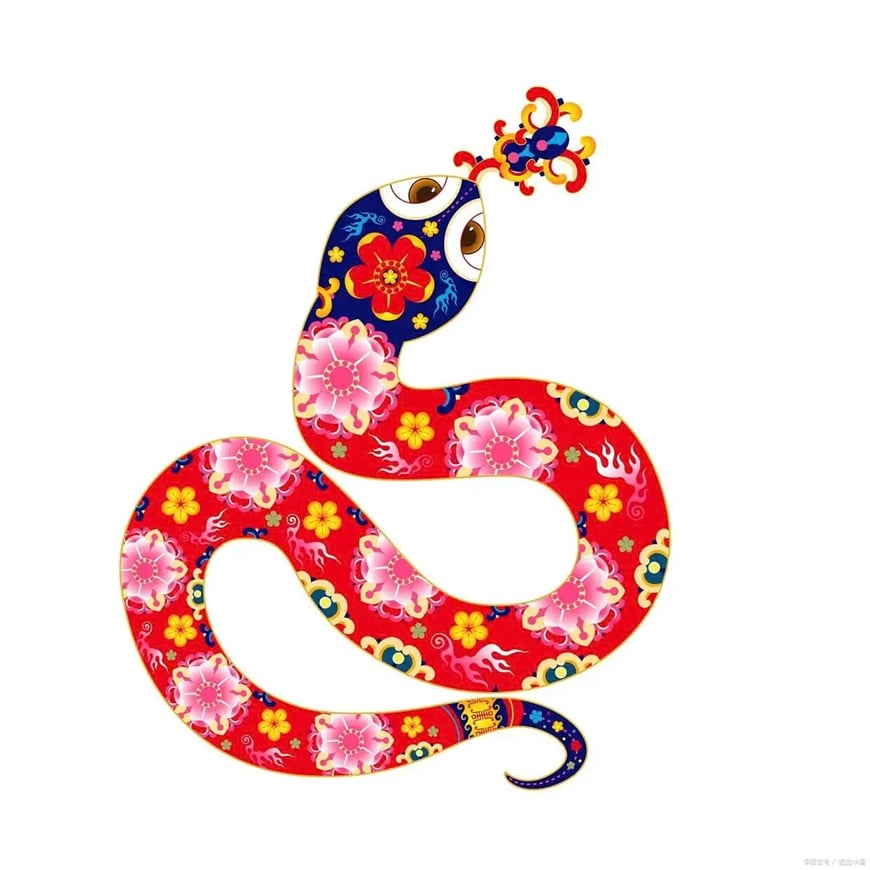 |
| Illustration photo. Source: Baidu.com |
The image of snakes in Chinese literature
In the Chinese classic "Legend of the White Snake", the image of Bai Suzhen is closely associated with snakes with loyal love and indomitable spirit. She spares no effort for love. Bai Suzhen's story has touched the hearts of countless readers and proves the tenacity and perseverance of snakes.
The flexibility and tenacity of snakes also occupy a special place in Chinese idioms. For example, “笔走龙蛇” (Bụt tau long xà) describes the lively and powerful strokes of writing, while “灵蛇之珠” (灵蛇之珠) is a metaphor for outstanding talent or precious items.
All of these idioms reflect the unique status and value of snakes in Chinese culture. In "Dream of the Red Chamber", the appearance of snakes has many symbolic meanings. The "magic pearl" that Jia Baoyu mentioned was engraved with the words "Not lost, not forgotten, immortal", and on the pearl there was also a snake wrapped around it. The snake here not only symbolizes Baoyu's spirituality and uniqueness, but also alludes to the twists and turns and challenges in his fate.
New beginnings and opportunities in the year of the snake
The Year of the Snake is an important knot in the zodiac cycle, symbolizing new beginnings and unlimited opportunities.
In traditional Chinese culture, the Year of the Snake is highly anticipated and is considered to be a year filled with wisdom and courage. It is believed that people born in this year will have extraordinary wisdom and courage to face life, take on challenges and seize every opportunity.
In short, the snake has rich symbolic meaning and is a profound heritage in Chinese culture. The symbolic meaning of the snake in Chinese culture is rich and colorful. It not only represents wisdom, flexibility, mystery and vitality, but also carries the aspiration, the pursuit of loyal love and the indomitable spirit of human beings. The image of the snake has been deeply imprinted in the hearts of the Chinese people and has become an indispensable part of Chinese culture.
It is believed that people born in the year of the Snake often have sharp intuition, just like snakes can accurately sense the movements of their prey in the dark. They are meticulous, good at thinking and have the ability to adapt flexibly like snakes wriggling forward. At the same time, the snake's hibernation habit also reminds people of hibernation and accumulation.
It is believed that when facing difficulties, people born in the year of the Snake can quietly accumulate strength, waiting for the opportunity to fly high in the sky. This anthropomorphic interpretation of the snake is not only a cultural phenomenon, but also a human desire and pursuit for a better quality of life.
THANH HUONG (synthesis)
* Please visit the International section to see related news and articles.
Source: https://baodaknong.vn/y-nghia-tuong-trung-cua-loai-ran-trong-van-hoa-trung-quoc-241551.html


![[Photo] Editor-in-Chief of Nhan Dan Newspaper Le Quoc Minh received the working delegation of Pasaxon Newspaper](https://vphoto.vietnam.vn/thumb/1200x675/vietnam/resource/IMAGE/2025/9/23/da79369d8d2849318c3fe8e792f4ce16)
![[Photo] The 1st Congress of Party Delegates of Central Party Agencies, term 2025-2030, held a preparatory session.](https://vphoto.vietnam.vn/thumb/1200x675/vietnam/resource/IMAGE/2025/9/23/e3a8d2fea79943178d836016d81b4981)


![[Photo] General Secretary To Lam meets voters in Hanoi city](https://vphoto.vietnam.vn/thumb/1200x675/vietnam/resource/IMAGE/2025/9/23/d3d496df306d42528b1efa01c19b9c1f)
![[Photo] Prime Minister Pham Minh Chinh chairs the 14th meeting of the Steering Committee on IUU](https://vphoto.vietnam.vn/thumb/1200x675/vietnam/resource/IMAGE/2025/9/23/a5244e94b6dd49b3b52bbb92201c6986)







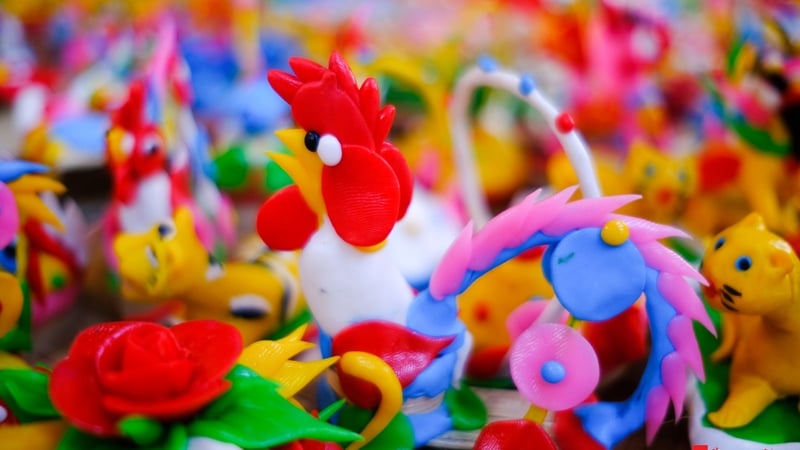
























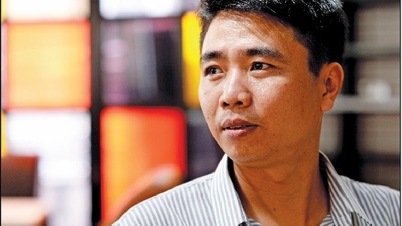




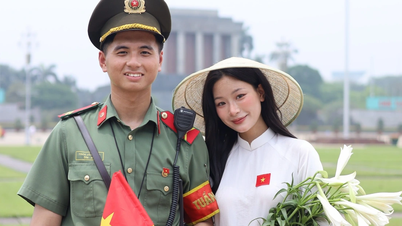




































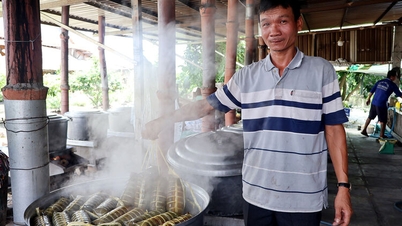






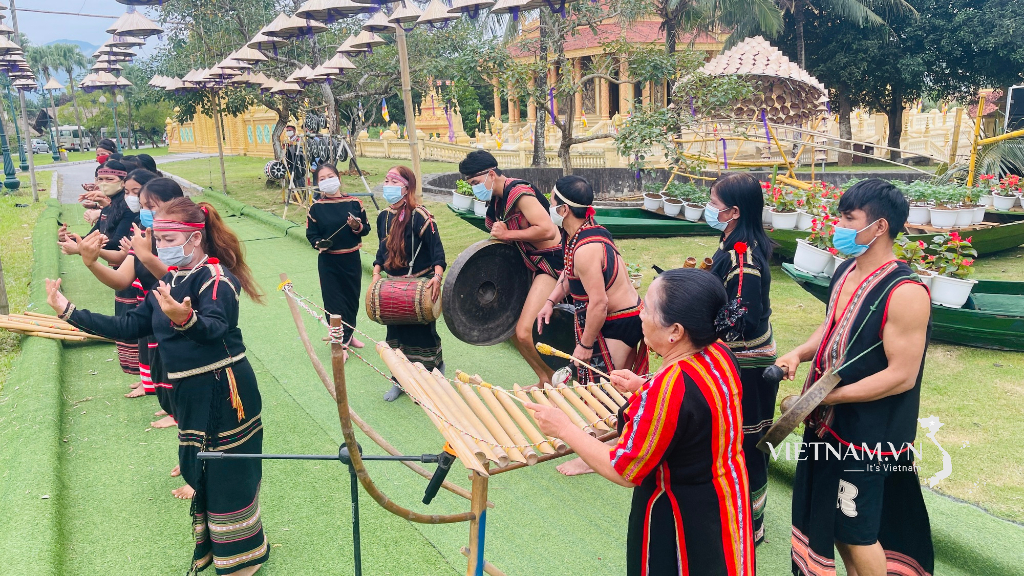

Comment (0)